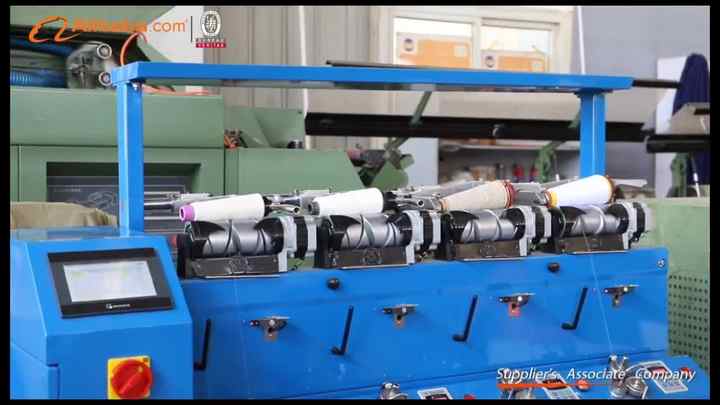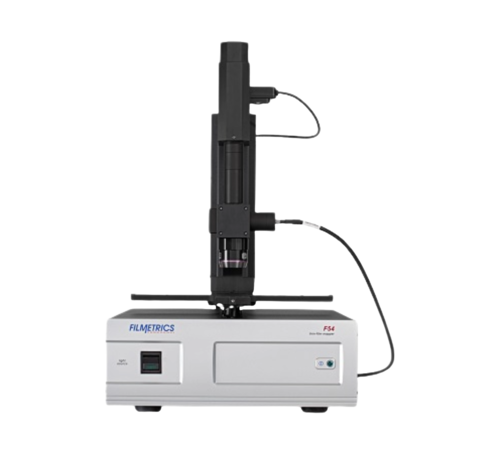How an Optical Fibre Diameter Analyser Delivers Consistent Results
How an Optical Fibre Diameter Analyser Delivers Consistent Results
Blog Article
Unlock Precision: The Ultimate Guide to Optical Fiber Size Analyser Devices
Accurate measurement of optical fiber diameter is necessary for improving the performance and integrity of fibre optic systems. As we analyze these devices, it ends up being evident that the future of optical fibre evaluation is advancing rapidly, increasing questions regarding how these developments will certainly influence the sector.
Value of Optical Fiber Measurement
Accurately measuring optical fiber size is critical in making sure optimum efficiency and dependability in interaction systems. The size of optical fibers directly impacts their light transmission abilities, influencing transmission capacity, depletion, and total signal honesty. An accurate measurement is important to keep the preferred specs for different applications, consisting of telecoms, information transmission, and noticing modern technologies.
Inaccurate or irregular fiber diameters can cause raised losses and reduced performance, inevitably endangering the efficiency of the entire communication network. Additionally, variants in diameter can create problems in splicing and attaching fibers, bring about higher operational costs and potential system failings. As a result, applying strenuous measurement protocols is vital.

Sorts Of Diameter Analyser Equipment
To achieve dependable optical fibre measurements, different size analyser tools are used, each created to deal with certain measurement requirements and applications (optical fibre diameter analyser). These tools can be extensively categorized right into three major kinds: guidebook, semi-automated, and fully automated analyzers
Hand-operated diameter analyzers are usually utilized in smaller sized laboratories or operations where precision is needed yet production quantity is low. They offer operators straight control over the dimension process, enabling cautious changes and confirmations.
Semi-automated size analyzers boost performance by incorporating hands-on input with automated functions. These devices frequently include straightforward interfaces that simplify the dimension process while still enabling for driver oversight.
Totally automated size analyzers represent the pinnacle of dimension technology. These advanced systems integrate advanced sensors and software program to offer real-time dimensions with marginal customer treatment. They are suitable for high-volume production environments, guaranteeing constant precision and quick information collection.
Each kind of size analyser offers distinctive functional needs, making it vital for individuals to very carefully examine their specific requirements when choosing the proper tool for optical fibre measurement.
Key Attributes to Think About
When picking an optical fibre size analyser, numerous key features call for cautious consideration to guarantee optimal efficiency and dependability. Measurement accuracy is extremely important; appearance for tools that supply high-resolution readings, preferably in micrometers, to make certain accuracy in diameter evaluation. In addition, the rate of measurement is vital, especially in production environments where efficiency is crucial.
An additional essential feature is the calibration procedure, as Full Article a trusted analyser must offer uncomplicated calibration treatments to maintain measurement integrity gradually. The series of sizes the device can determine is additionally considerable; make sure that it suits the specific fibre kinds appropriate to your applications.
Portability may be a consideration, especially for fieldwork; small and light-weight designs enhance functionality in numerous settings. Moreover, user-friendly user interfaces and software application compatibility can help with smoother operation and data analysis.
Lastly, take into consideration the support and service warranty offered by try this web-site the maker; reputable client service and thorough warranty choices can protect your financial investment and make sure lasting contentment. By concentrating on these functions, you can pick an optical fibre size analyser that satisfies your particular requirements and improves your operational abilities.
Ideal Practices for Use
Efficient use of optical fibre diameter analysers hinges on a thorough understanding of ideal techniques that enhance measurement reliability and accuracy. Guarantee that the analyser is calibrated correctly before each use. Calibration against understood criteria minimizes prospective errors and establishes a standard for subsequent measurements.
2nd, keep a clean environment. Dust, moisture, or contaminants on the fiber or the analyser's lenses can skew results. On a regular basis examine and clean up both the fiber and the devices to maintain optimum efficiency.

In addition, carry out measurements at consistent temperature levels and humidity degrees, as ecological elements can impact results. Document each measurement carefully, noting problems and any kind of abnormalities encountered during the process.
Future Trends in Optical Fiber Analysis
As the demand for high-performance optical fibers proceeds to climb, innovations in evaluation methods are set to change the sector (optical fibre diameter analyser). Future trends in optical fiber analysis will likely be driven by raised automation and the combination of expert system (AI) and device learning (ML) technologies. These innovations assure to improve information precision, reduce evaluation time, and make it possible for real-time surveillance of fibre quality
In addition, the development of easy to use and portable evaluation tools will certainly assist in on-site evaluations, permitting better flexibility and efficiency in manufacturing environments. Enhanced imaging innovations, such as high-resolution imaging and spooky analysis, are anticipated to supply much deeper understandings right into fiber features, making go right here it possible for suppliers to maximize their processes further.
Furthermore, as industries increasingly welcome sustainability, there will certainly be a press for eco-friendly products and techniques in optical fiber production. This shift will certainly necessitate new analytical approaches to evaluate the performance and longevity of these products under differing problems.
Conclusion
Exact dimension of optical fibre size is vital for optimizing performance and ensuring dependability in interaction systems. Continued technology will better enhance the accuracy and performance of optical fiber analysis.
Exact measurement of optical fibre diameter is crucial for enhancing the performance and integrity of fibre optic systems. In a significantly connected globe, where high-speed information transmission is extremely important, the role of exact optical fiber size measurement can not be overstated, as it offers as the foundation for robust interaction infrastructure.When choosing an optical fibre size analyser, several vital functions necessitate careful consideration to guarantee optimum performance and dependability.Effective use of optical fibre size analysers pivots on a thorough understanding of ideal techniques that boost dimension reliability and accuracy.Accurate dimension of optical fiber diameter is important for optimizing efficiency and guaranteeing integrity in interaction systems.
Report this page